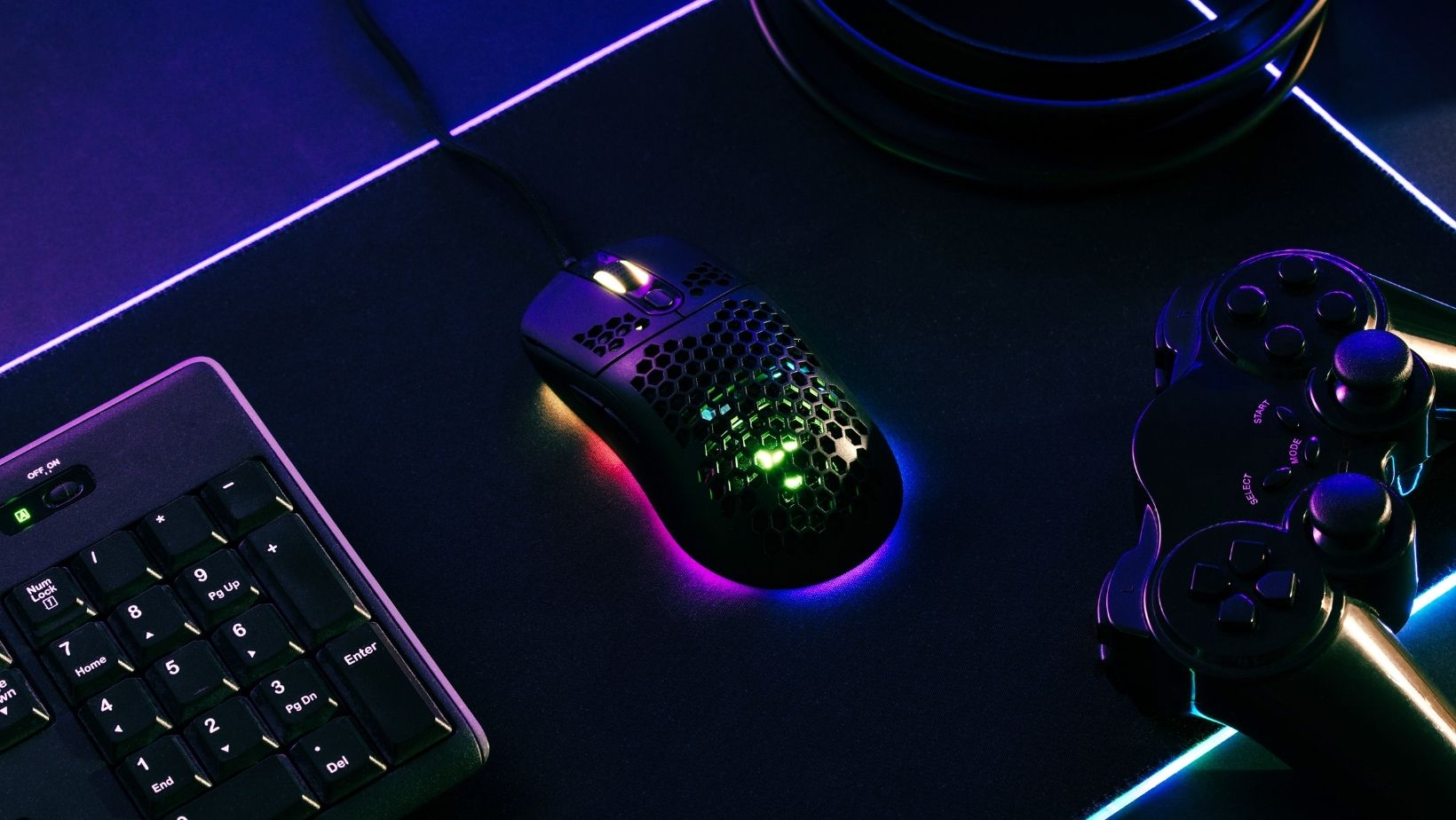
The gaming industry has long used AI to generate human-like behaviours in non-playable characters, or NPCs. Recently, developers have been utilising AI developments to create assets and analyse their player base.
Below, we’ll discuss AI’s crucial role in modern gaming and consider its future implications for the player experience.
AI-Driven NPCs and Game Mechanics
AI NPCs can be powered by large language models similar to those used by OpenAI’s ChatGPT. Together with text-to-speech, natural language, emotion, and machine vision models, NPCs can engage in incredibly realistic conversations.
These multi-modal NPCs can speak to players voice-to-voice as if they were real, with awareness of their environment, motivation, and goals. Gamers interacting with them will benefit from new dynamics that make gameplay more challenging and replayable.
AI in Personalised Gaming Experiences
Traditional personalised gaming features such as adjustable difficulty levels and decision-driven storylines can now be upgraded with AI. For instance, AI can use predictive analysis to make levels and areas more challenging or base them on player performance through Dynamic Difficulty Adjustment.

These personalised experiences can greatly improve players’ thoughts on the game and spread positive sentiment. Retention may increase as players who feel the game is tailored to their tastes and preferences engage for longer without feeling frustrated. Gamers seeking meaningful in-game interactions will be more likely to try games with these features, such as chat rooms in games like online bingo.
AI in Online and Mobile Gaming
The mobile gaming industry has overtaken the combined value of the console and PC gaming markets and is expected to continue growing in the coming years. AI-powered real-time matchmaking is pairing up players faster than ever in mobile versions of popular series.
AI can also improve game visuals in older titles by enhancing textures and lighting, making remasters easier than before. Texture upsampling minimises pixelation and artefacts while retaining original textures as they are enlarged, making games released twenty years ago look like modern titles. AI can automatically enhance materials like metal for more realistic, detailed renderings that look lifelike, adding shadows from light sources that older games lacked.
The Future of AI in Gaming
No Man’s Sky, released in 2016, famously used AI to generate flora, wildlife, and terrain of 18 quintillion planets. However, its finite number of predetermined assets held it back, resulting in players quickly experiencing most of what the game had to offer. Future titles will address these issues, with Parallel’s Colony promising to create a game with an AI companion that works alongside players without being directed by them.
It can make its own decisions and act entirely independently of the player, allowing people to play games passively and check in occasionally without committing dozens of hours a week. Professional gamers will continue to use AI as a training tool to simulate competitive scenarios and practice them before it analyses their performance and provides feedback akin to a human coach.

